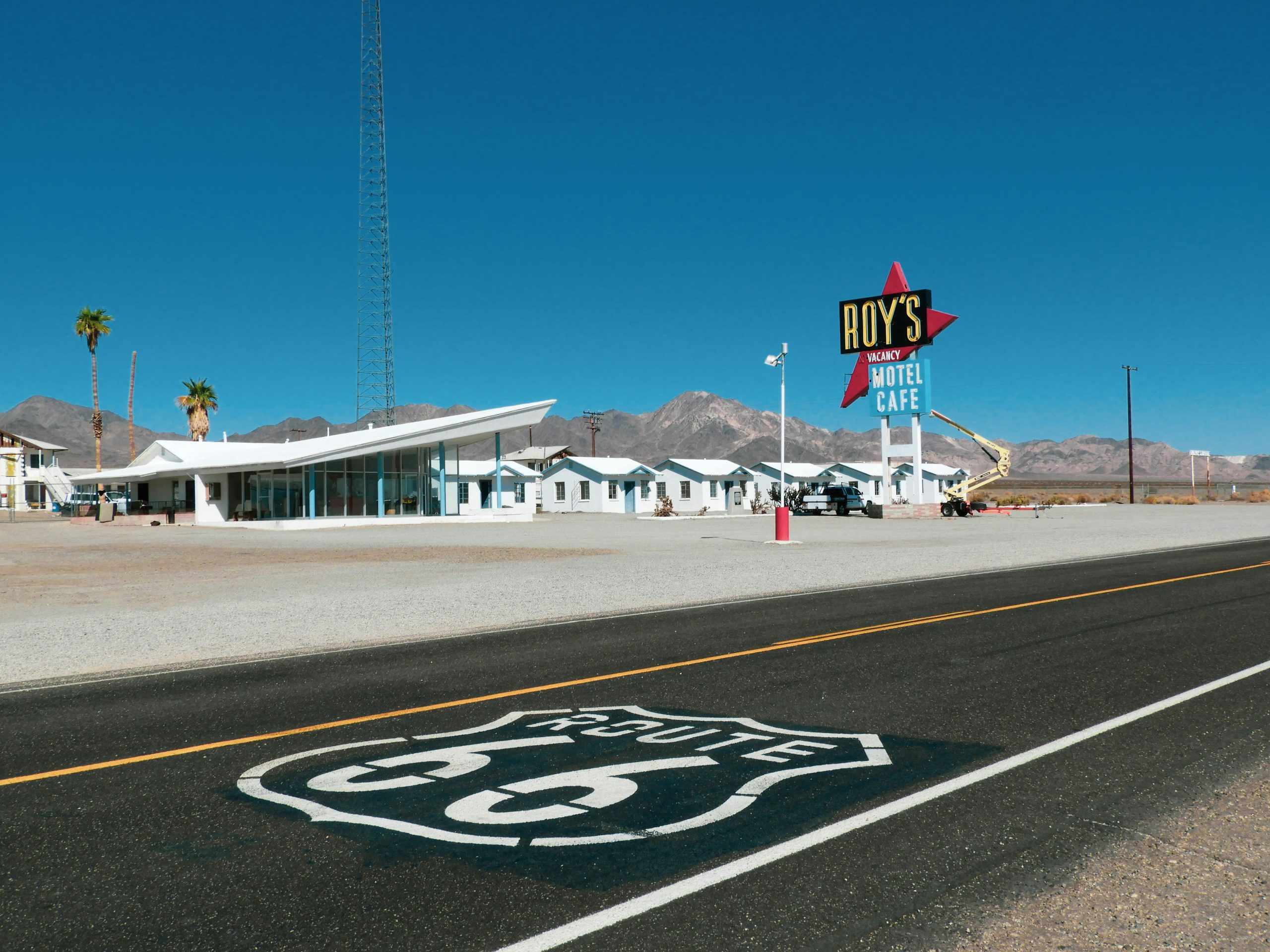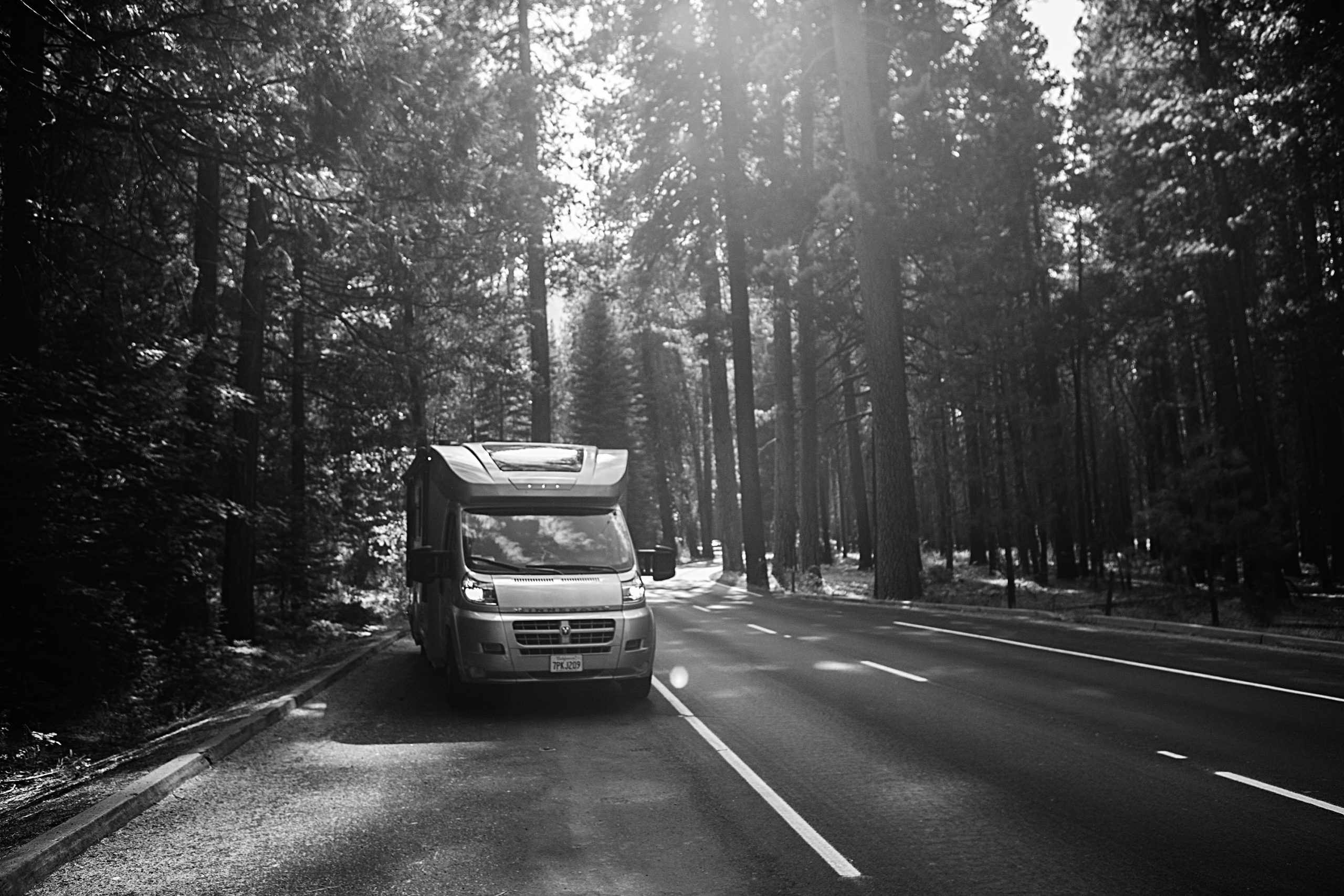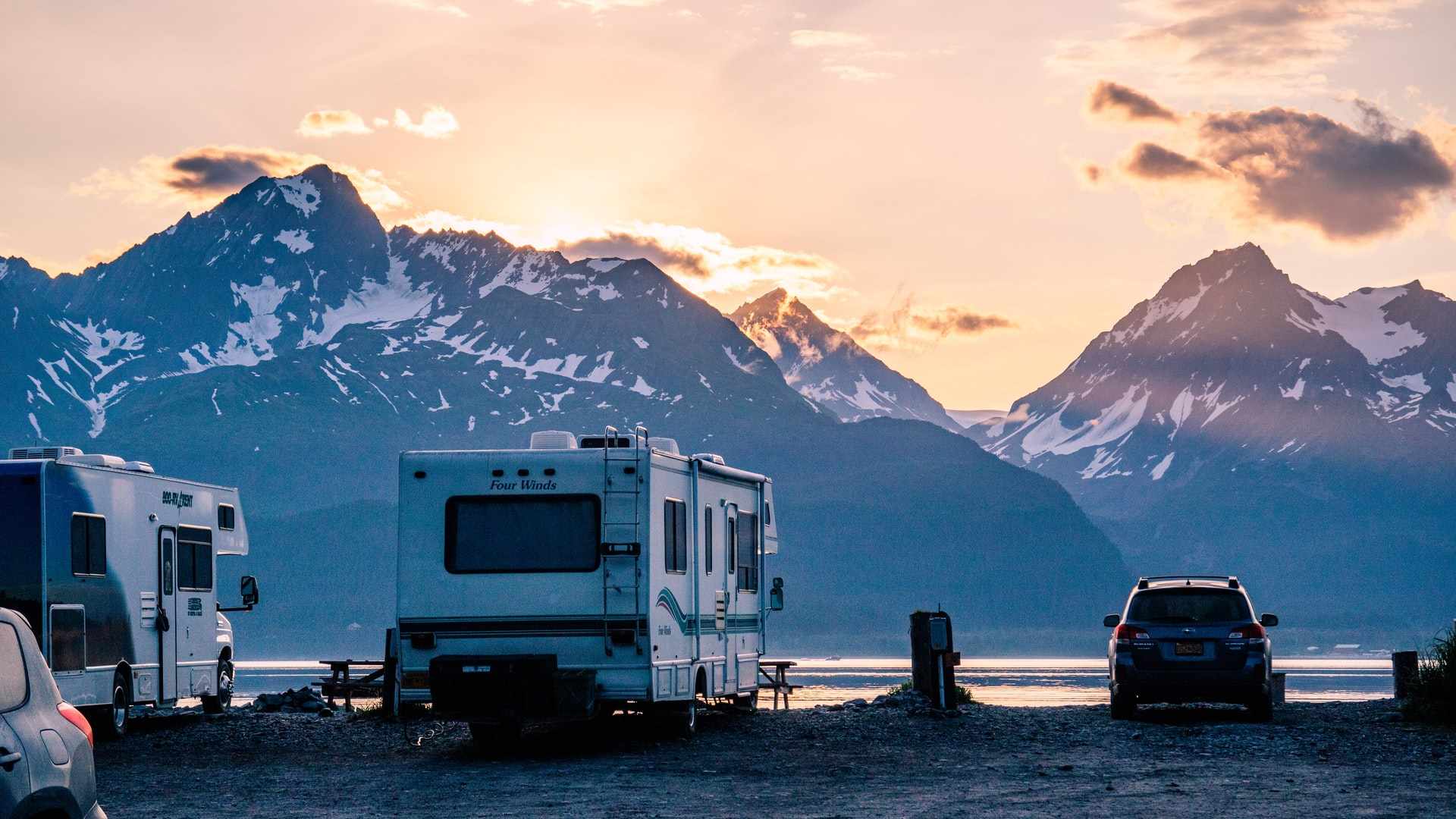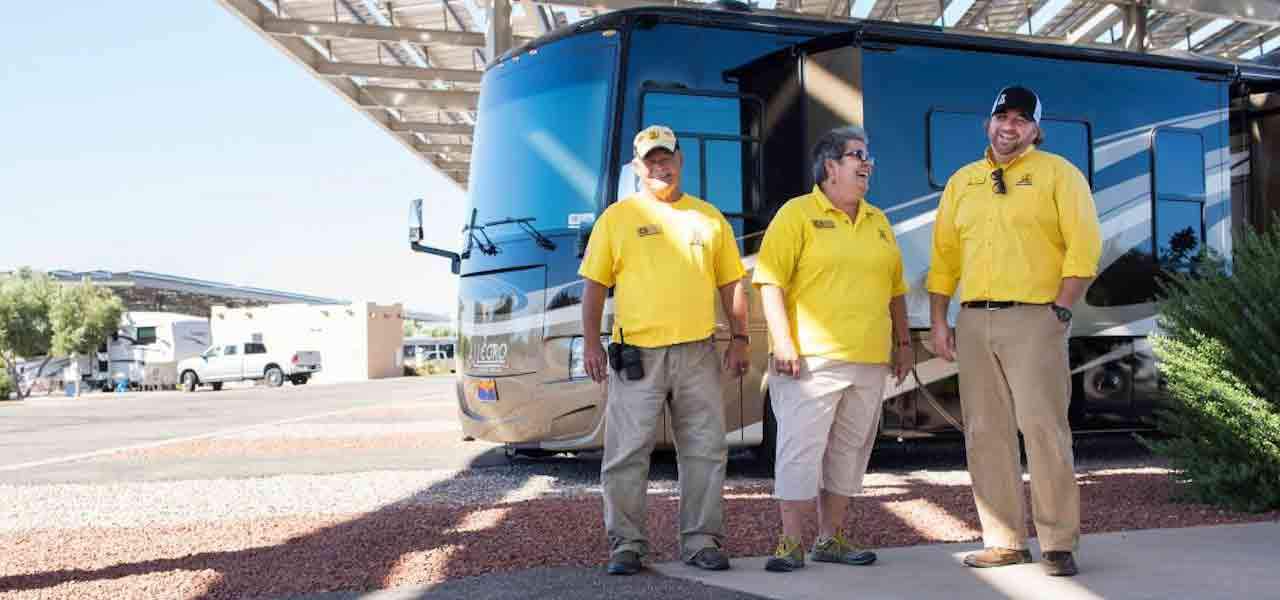Who hasn’t set up camp and eased into a lounge chair for a little people watching, only to spy your neighbors two sites down making a few camping mistakes and breaking campground rules?
It’s easy to make a few mistakes, especially on your first few RV trips. Just imagine the things you’d see if you lived at a campground 24/7. We asked managers at America’s largest chain of campgrounds, Kampgrounds of America, what RV camping mistakes they see most frequently. We also asked these camping experts for tips on how to do it right.
Here’s what they had to share.

Mistake #1: Campers Act Like They Own the Place
A KOA campground manager in the Blue Ridge Mountains near Asheville, North Carolina told us that she sees many campers pass registration and go straight to their campsite when they arrive. Once they’re set up, they’ll walk through other campsites, borrow picnic tables from neighboring sites, and park vehicles just about everywhere but in their site driveway.
The Fix
Checking in at the front office or ranger station should be step one when you get to camp. If you plan to arrive after normal business hours, let staff know ahead of time.
Once you’ve set up, think of the other campsites as another person’s home. You wouldn’t cut through a stranger’s backyard, so apply that same principle to camping and go around other sites, using roads and designated trails instead. If you need additional parking spaces or extra picnic tables, find out what your options are in the front office at check-in.

Mistake #2: Campers Fail to Take Care of the Trash
One of the biggest camping mistakes that a Florida KOA manager sees is food, trash, and campsite clean-up. Food left outside your RV on the picnic table or in an open cooler, day or night, is an open invitation to native wildlife. Even bagged trash left outside the RV is a no-no.
The Fix
Find out if your campground collects trash bags or expects you to take them to a dumpster. While you’re there, check on recycling, offered now at many parks. Never leave bags outside your RV and always securely close coolers if they’re left outside. Never treat the fire ring like a trash can, since items you toss in may not burn up, and douse even slightly warm embers with water because fires often reignite, especially in direct sunlight. A good general rule to follow: leave your site in better condition than when you arrived.

Mistake #3: RVers Aren’t Familiar with Their Rig
At a KOA outside San Francisco, one campground manager told us that he sees a lot of international RVers coming through. Because many are first-time RVers and the campground is their first stop in the United States, they don’t know anything about their rig. They may not have paid attention during their vehicle orientation or language barriers prevented them from understanding the instructions they were given.
The Fix
Whether you’re from the U.S. or abroad, it’s important to pay attention and ask the Outdoorsy RV owner questions. If no orientation or walk-through is offered, ask for one. And if you’ve just purchased an RV, make sure you get a complete walk-through. Take your first trip close to home to familiarize yourself with operating systems before you travel to more remote locations. Also consider videotaping your tour and, if you’re not fluent in English, do research about the RV in your native language.

Mistake #4: Campers Fail to Check the Weather
According to the manager at a KOA near the Grand Canyon, many RVers show up to his campground thinking sun, sand, and cactus. But the mountain location makes this a four-season destination. Those T-shirt-clad visitors end up traveling to the nearest town for jackets, gloves, hats, and boots.
The Fix
Early in the trip planning process, check online for temperature and precipitation averages in your destination. Monitor weather conditions more frequently a few weeks prior to your trip for seasonal fluctuations. Take into account variables like elevation, wind, and dew point to pack the right gear and stay comfortable both inside and outside your RV.

Mistake #5: Families Let Leave Their Children and Pets Unsupervised
At a KOA in upstate New York, a campground manager sees some of their favorite guests, kids and pets, as their biggest challenge. Campers relaxing at their site may loosen up on family rules by letting kids roam around unsupervised. She’s even seen small children go to the pool without an adult.
Tethered pets left alone can also get in trouble by wrapping their leash around picnic tables. Unattended pets can also get spooked and run away. Loose dogs can get into a confrontation with another dog or local wildlife. She’s also seen dogs left in the summer sun without water.
The Fix
Remember that the campground may feel like a secure location, but there are hazards you and your kids need to be aware of. Other RVers may not follow posted speed limits or see children playing, especially when backing and parking their rigs. Although the camping community generally looks out for one another, campgrounds are filled with strangers, so supervise children like you would at home.
Only tether pets outside if you’re going to be outside with them. Otherwise, keep a pet-friendly corner of your RV stocked with food, water, toys, and a crate or quiet space of their own. Always carry a six-foot leash with you—the standard for dog walking at just about any campground.
Follow the Rules and Be Safe
The best way to be safe at a campground, whether it be a KOA or a public campground, is to follow the rules. These five camping mistakes are easily avoidable. Always do your part to create a safe, happy, and respectful environment for your party and for everyone.








